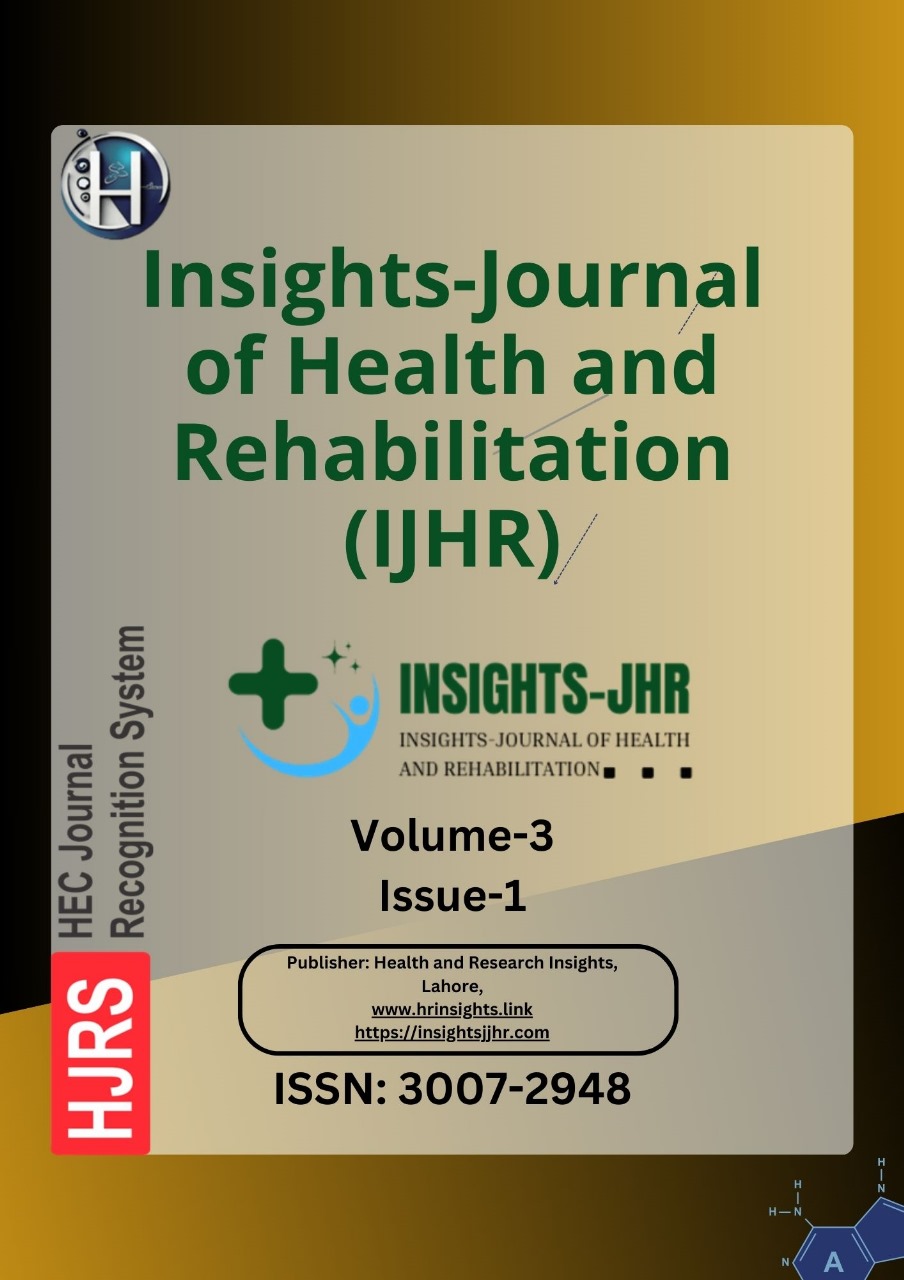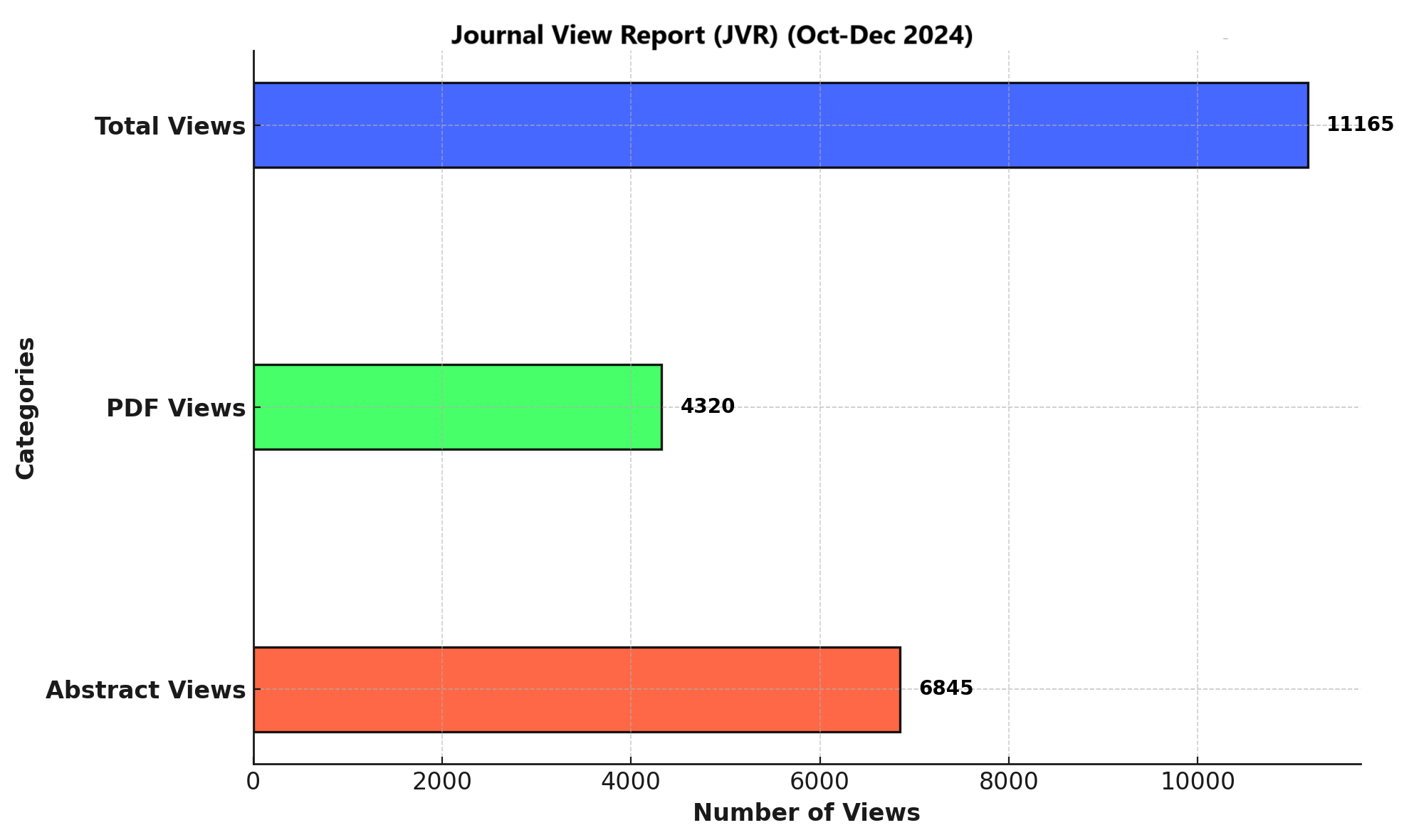DIAGNOSTIC ACCURACY OF ULTRASOUND FOR RENAL TUMORS IN ADULTS TAKING CONTRAST ENHANCED COMPUTED TOMOGRAPHY AS GOLD STANDARD
DOI:
https://doi.org/10.71000/h5cbsc32Keywords:
Computed tomography, diagnostic accuracy, nephrology, renal cell carcinoma, renal tumors, sensitivity, ultrasonographyAbstract
Background: Renal cell carcinoma (RCC) accounts for the majority of renal malignancies in adults, with an increasing global incidence attributed to advances in diagnostic imaging and the growing prevalence of risk factors. Early and accurate detection of RCC is crucial for effective treatment and improved prognosis. Ultrasonography is widely used as a first-line diagnostic tool for renal tumors due to its accessibility, cost-effectiveness, and safety. However, its accuracy compared to computed tomography (CT), the gold standard for RCC diagnosis, remains an area of interest.
Objective: To determine the diagnostic accuracy of ultrasonography in detecting renal tumors in adults, using contrast-enhanced computed tomography as the gold standard.
Methods: This cross-sectional study included 188 participants recruited from the Urology, Nephrology, and Radiology departments of Allied Hospital Faisalabad. Patients with space-occupying lesions detected on grey-scale ultrasound were included, while those with impaired renal function or iodine contrast allergies were excluded. Ultrasound examinations were performed using an Ecostemylab 7 Doppler machine, and CT imaging was conducted with the Siemens CT Somatom Sensation 64 scanner. Patient demographic data, clinical history, and imaging findings were recorded. Sensitivity, specificity, positive predictive value (PPV), negative predictive value (NPV), and overall diagnostic accuracy were calculated using CT as the gold standard.
Results: The mean age of participants was 49.95 ± 10.08 years, with 91.9% males and 8.1% females. Tumor sizes on ultrasound were >4 cm in 3%, >5 cm in 42.4%, and >6 cm in 54.5%, while CT showed >4 cm in 24.24%, >5 cm in 52.2%, and >6 cm in 23.23%. Ultrasound identified 26.3% benign and 73.7% malignant lesions, while CT identified 20.2% benign and 79.8% malignant lesions. Ultrasonography demonstrated a sensitivity of 87.34%, specificity of 80%, PPV of 94.52%, NPV of 61.54%, and overall diagnostic accuracy of 85.86%.
Conclusion: Ultrasonography is a reliable first-line diagnostic tool for renal tumors, demonstrating high diagnostic accuracy. While it is cost-effective and safe, its limitations in specific subgroups necessitate confirmation with CT for comprehensive evaluation.
Downloads
Published
Issue
Section
License
Copyright (c) 2025 Rimsha Maqbool, Tasra Bibi, Umar Ijaz, Amara Khalid, Bisma Maqbool (Author)

This work is licensed under a Creative Commons Attribution-NonCommercial-NoDerivatives 4.0 International License.







